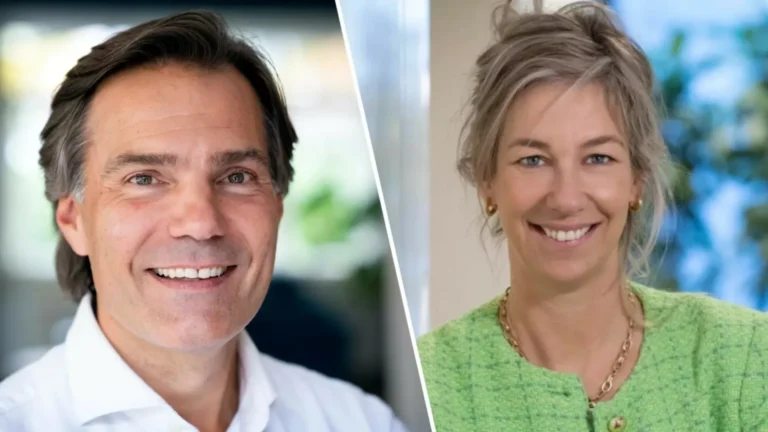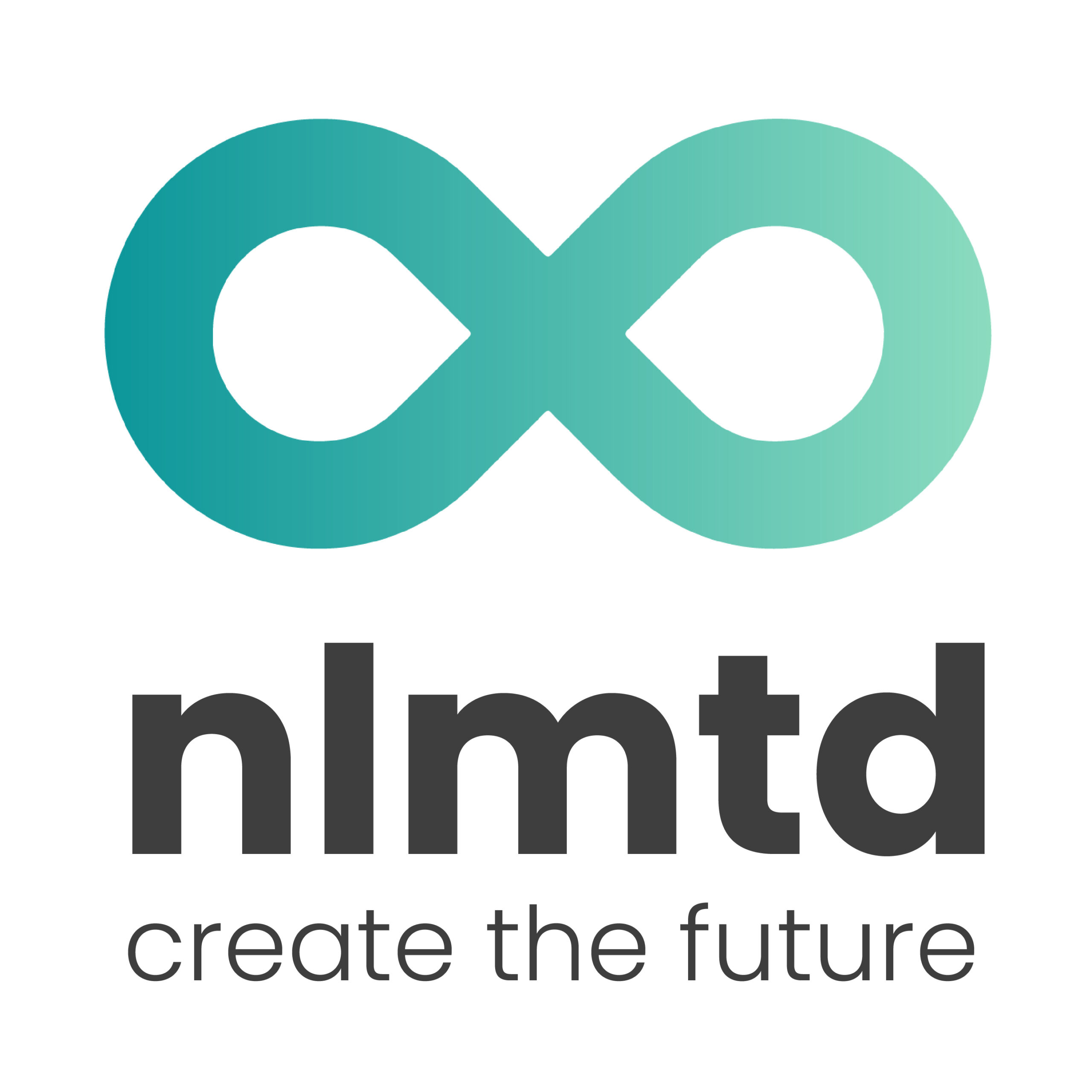Mike Hoogveld
Co-founder nlmtd
Mike Hoogveld is a partner at nlmtd and an expert in future-proof organization. With over twenty years of experience as a manager and advisor across a wide range of organizations, both domestically and internationally, Mike also serves as a startup mentor. Additionally, he conducts scientific research at Nyenrode and teaches at various universities and business schools.
Share this article
In collaboration with Change Inc., the Platform for Leaders in the Sustainable Transition, we are joining forces to inspire and guide organizations from idea to impact. We Introduce Change Inc. LABS!

The transition to a sustainable society necessitates a new approach to leadership. Organizations involved in public infrastructure in our country are also facing this challenge, particularly with roads, dikes, and power cables. A new program at Nyenrode Business University is equipping managers to navigate these changes. “The complexity of our work has increased significantly.”
The Netherlands depends on a well-developed network of roads, railway lines, dikes, and energy systems. This crucial infrastructure is currently facing significant challenges due to rapid changes in the environment. As the world undergoes swift digitization and the energy transition continues, we are also facing issues such as PFAS, nitrogen management, European regulations, and rising raw material costs. Additionally, the power grid is under increasing strain. Organizations like ProRail, energy companies, Schiphol, and water boards are finding it challenging to keep pace. Over the past decade, their work has become considerably more complex.
Delays with significant impact
“If a new cable needed to be laid in the street, we could anticipate that years in advance. Delays in execution weren’t a problem; the entire schedule would simply shift slightly,” says Trudy Onland, currently the operational director of the grid operator, who will become the new CEO in May. “Now that grid reinforcement is necessary in many areas, the rules have changed significantly. Our work has become much more time-sensitive. If we fall behind now, it could mean that an industrial estate cannot expand its operations. Such delays have far greater consequences than they did in the past.”
Preparing people
Onland’s example highlights the new reality that organizations like Stedin must navigate. This shift requires a new approach to working. What was once managed in isolation, such as rail systems and water management, now requires much greater coordination. Consequently, a different leadership approach is essential. Working in silos is no longer a practical approach. Managers must focus on connecting various stakeholders and creating shared value. “We must prepare our people for this,” Onland explains. “The complexity of our work has increased significantly, which requires individuals who can collaborate, understand the implications of transitions, and effectively utilize new technology.”
Public Infrastructure in Transition
Nyenrode Business University has introduced a new program called “Public Infrastructure in Transition,” specifically designed for executives in the public infrastructure sector. This program aims to prepare managers to ensure that the Netherlands is future-proof. The initiative is led by nlmtd, an organization dedicated to making a positive impact for a more sustainable planet and a better society. Co-founder Mike Hoogveld explains, “With our consulting work, we are heavily involved in the energy transition. We’ve heard from clients that they are grappling with rapid changes related to digitalization, sustainability, and innovation. That insight inspired us to create a program tailored for high-potential individuals in organizations focused on public infrastructure.”
The participants may work at various organizations, such as Schiphol, energy companies, water boards, or ProRail. By bringing together managers from these types of organizations, it quickly becomes apparent that they face similar challenges. For instance, how can they draft legally sound contracts while maintaining flexibility? How can they plan their activities more effectively? What steps are needed to adopt new technology more quickly? Additionally, are there potential partners for collaboration?
Responding faster to changes
The program “Public Infrastructure in Transition” addresses these issues extensively. For instance, managers learn about systems thinking, personal leadership, change management, and transition science. Hoogveld states, “Traditional organizational structures are often rigid and slow. Flexibility in thinking and action enables organizations to respond more quickly to changes, such as new sustainable legislation and the rise of AI. This requires leaders who are adaptive, willing to experiment, and who promote a culture of agility.” Furthermore, he emphasizes that focusing solely on financial returns is no longer adequate; modern leaders also prioritize creating social and ecological value.

Mike Hoogveld, co-founder of nlmtd, and Trudy Onland, operational director at Stedin, discussed the significance of new leadership in accelerating transitions.
Working in ecosystems
Additionally, significant attention is given to ecosystems, which Hoogveld describes as a crucial factor for the energy transition. “We believe that organizations can achieve more when they collaborate within these ecosystems. This collaboration fosters learning among individuals, leading to new insights,” he explains. A good example of this is a WhatsApp group initiated by participants. “In this group, they discuss practical issues. Recently, someone asked, ‘What are the consequences of temporarily assigning office staff to operational services?’ Prompt and valuable responses came from managers of other organizations that frequently engage in this practice.”
A look inside companies
The program also includes examining practices at other companies. For example, Stedin organized an information session on cybersecurity, and last year, the program hosted a site visit to Schiphol, one of its founding partners. Michiel van Goor, who works in the project office at the airport, is also participating in the “Public Infrastructure in Transition” program. He states, “At Schiphol, we are involved in major projects such as renovations, making our real estate more sustainable, and constructing a new pier.” Van Goor recognizes many similarities between the challenges faced by his fellow students and those at Schiphol. “We each work on our case studies and review each other’s strategic plans,” he notes.
He emphasizes the importance of ecosystems in addressing these challenges. “This has become very clear in the program. The quality of connections between individuals and organizations is essential for making progress in transitions. I am now trying to apply this in my work environment by actively seeking out contacts. Only then can we bring about the necessary changes.”
Van Goor highlights the success of Brainport Eindhoven as a particularly striking example, which was discussed in detail during the program. This ecosystem in North Brabant accounts for 25 percent of all private R&D expenditures in the Netherlands and generates billions in exports annually. The region thrives on collaboration, with companies like ASML and NXP closely linked to TU Eindhoven. As a result, continuous technological breakthroughs occur, and thousands of jobs are created each year. “At Schiphol, we face significant changes, especially in terms of sustainability. We can truly learn from how they managed their transition in Eindhoven,” Van Goor adds.





